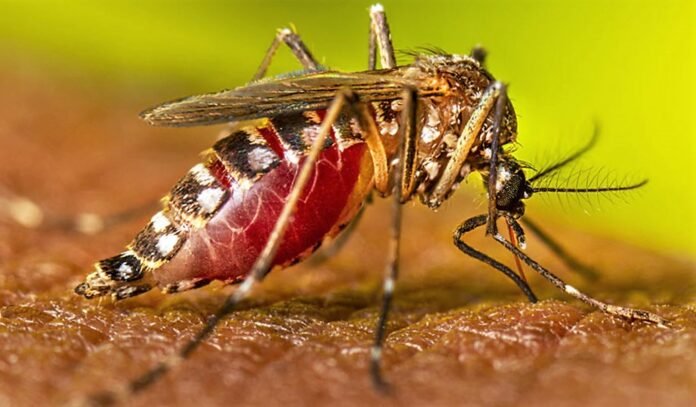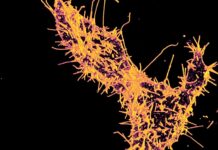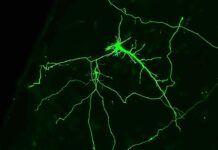An Introduction to the Vector
The yellow fever mosquito, scientifically known as Aedes aegypti, is not your average insect. It has been a notorious transmitter of a wide range of diseases for centuries. This diminutive creature has been linked to the spread of some of the world’s deadliest viruses such as yellow fever, dengue, chikungunya, and Zika. However, the path to this status quo has been enigmatic, leaving scientists to probe the mosquito’s evolutionary history.
The Elusive Origin
The A. aegypti mosquito is believed to have undergone a dramatic transformation from living in forests and feeding on animals to exhibiting a strong preference for humans. Researchers have been puzzled over when and why this split happened. However, a recent study led by evolutionary biologist Noah Rose of the University of California, San Diego, may have shed light on the issue.
A Genomic Analysis
Rose and his team conducted a genomic analysis of A. aegypti populations from forests and cities. They applied a computational technique that compared genomes of mosquitoes collected across Africa and Brazil to determine the period of the first split between forest and city-dwelling mosquitoes.
A Surprising Revelation
The researchers found that the split occurred around 5000 years ago, during a period of natural climate change in the West African Sahel, at the southern border of the Sahara. The study suggests that the changing climate may have triggered mosquitoes to adapt to lay their eggs in water storage containers in communities along the desert’s edge. As water sources became scarce, mosquitoes switched from feeding on any available animals to humans, who were the most abundant food source in the new habitat.
An Ever-Changing Habitat
The research also uncovered evidence of ongoing evolution in A. aegypti populations in rapidly urbanizing environments. Human blood-seeking mosquitoes have interbred with more benign, local populations, and genes associated with human-adapted mosquitoes are surging, likely because they confer an advantage in an ever-changing habitat. This evolution may explain the changing disease transmission patterns in the region, including recent dengue outbreaks in Burkina Faso.
A Call to Action
The study demonstrates the importance of combining science and history to understand the origin and evolution of disease vectors such as the A. aegypti mosquito. The research illuminates how the mosquito adapted to thrive in new environments and highlights the significance of these findings in guiding efforts to control the spread of diseases transmitted by A. aegypti.
Implications for Public Health
Understanding the evolutionary history of A. aegypti is of critical importance for public health initiatives aimed at reducing the incidence of mosquito-borne illnesses. The findings of this study could inform the development of more effective strategies for controlling A. aegypti populations and mitigating the spread of diseases such as yellow fever, dengue, chikungunya, and Zika.
The Need for Continued Research
While the study provides some much-needed insight into the evolutionary history of the A. aegypti mosquito, many questions remain unanswered. Further research is needed to fully understand the complexities of the mosquito’s evolution, including the mechanisms driving the ongoing evolution of A. aegypti populations in urban environments.
Conclusion
The study conducted by Noah Rose and his team at the University of California, San Diego, offers a fascinating glimpse into the evolutionary history of the A. aegypti mosquito. It sheds light on how this insect transformed from a forest-dwelling animal to a vector of some of the world’s deadliest viruses, and how ongoing evolution is changing the landscape of mosquito-borne disease transmission. By providing insight into the origins and evolution of A. aegypti, this study has the potential to inform future public health initiatives and guide efforts to control the spread of mosquito-borne illnesses.
Google News | Telegram
















